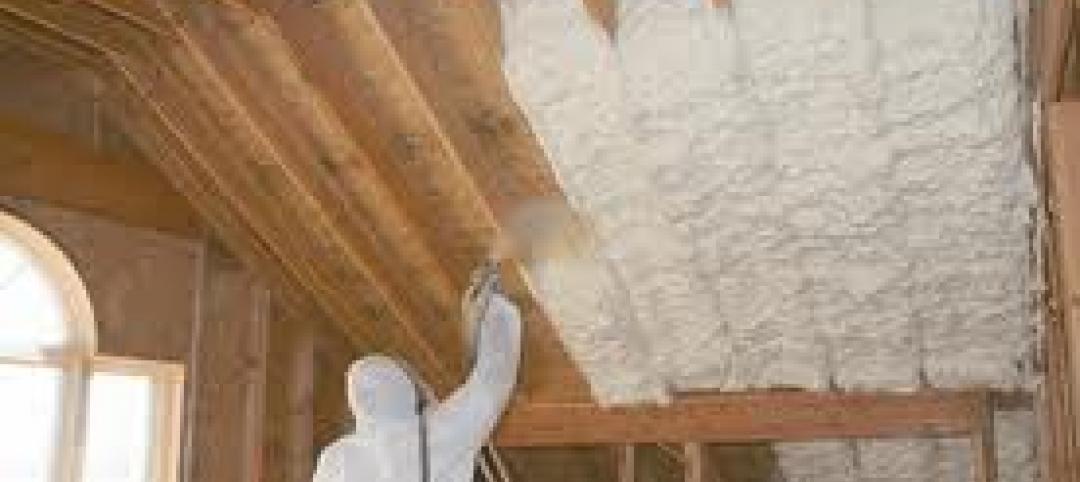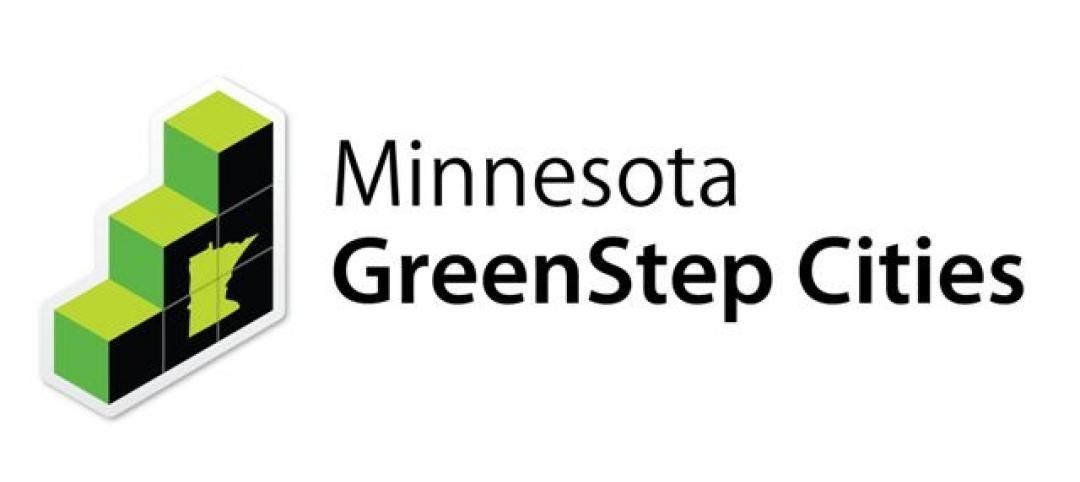A new Virginia law has made general contractors on large projects liable for the wages of subcontractors’ employees.
The statute’s main provisions are as follows:
· Makes the general contractor—and all tiers of subcontractors working on the project—contractually liable to pay their subcontractor’s employees’ wages
· Requires payments equal or to exceed those required by applicable statutes, such as Virginia’s Minimum Wage Act and the federal Fair Labor Standards Act
· Deems contractors to be the employers of their subcontractors’ employees for purposes of Virginia Code § 40.1-29, which imposes criminal liability and civil penalties for failing to pay employees’ wages when due
· Gives all employees the right to sue jointly or as a class action, imposes liquidated damages equal to the wage amounts owed, awards reasonable attorney’s fees, and—in cases of willful violations—imposes triple damages.
The statute applies to contracts entered into after July 1, 2020. It governs construction projects valued at $500,000 or more. The new law does not apply to single-family residential construction projects.
Related Stories
| Jan 26, 2012
Earthquake 'fuse' could save buildings during temblors
The idea is to use an earthquake "fuse" that can prevent the tiny fractures and warps that make structures unsafe after a quake and very expensive to repair.
| Jan 26, 2012
HPD open materials standard for green building materials gains momentum
GreenWizard, provider of a cloud-based product management and project collaboration software, is the latest industry participant to sign on
| Jan 26, 2012
Siemens launches smoke detection knowledge center
New knowledge center web site demonstrates efficacy of smoke detection.
| Jan 18, 2012
Chile's seismic code upgrades credited with saving lives in 2010 quake
Since 1960, when Chile suffered a 9.5 magnitude quake, the largest ever recorded; the country has steadily improved building codes to protect lives and property.
| Jan 18, 2012
Report analyzes residential hurricane codes in 18 states
The Insurance Institute for Business & Home Safety (IBHS) released a new report analyzing residential building codes in 18 hurricane-prone coastal states along the Gulf of Mexico and the Atlantic Coast.
| Jan 18, 2012
Death in Chicago high-rise apartment fire blamed on fire code
The death of a Chicago woman who stepped off her elevator into a blazing inferno last week has underscored the need for fire sensors in elevators.
| Jan 18, 2012
California approves open cell spray foam for energy efficiency standards
The California Energy Commission (CEC) now recognizes open-cell spray foam as an accepted insulation in its 2008 Building Energy Efficiency Standards.
| Jan 5, 2012
Building to LEED standards now an 'easy call' from cost standpoint
Once seen as a cost burden, building to LEED standards is now an "easy call," according to Dan Probst, chairman of energy and sustainability for real estate management and development firm Jones Lang LaSalle.
| Jan 5, 2012
Minnesota's GreenStep Cities program aids communities in winning grants
GreenStep Cities, a Minnesota initiative, was designed to provide greater recognition to the state's communities for achievements in meeting sustainability standards and goals.
| Jan 5, 2012
Some ADA accessibility rules change in 2012
Some changes to the Americans with Disabilities Act go into effect beginning March 15, 2012.

















